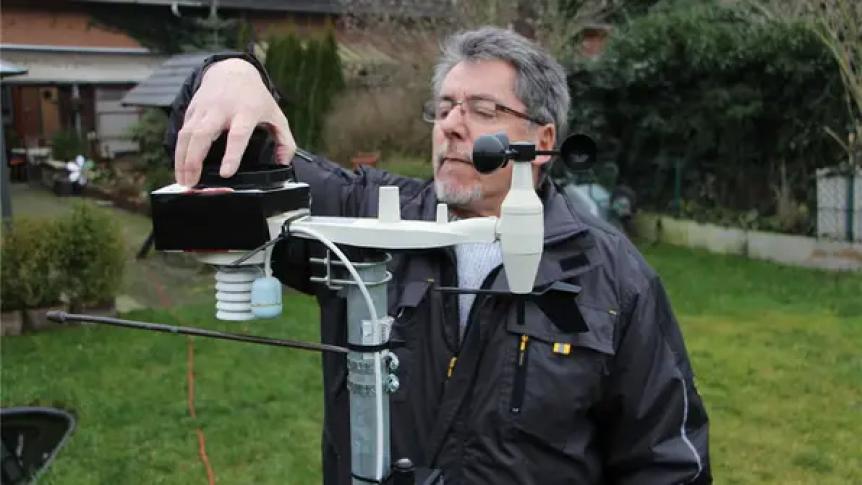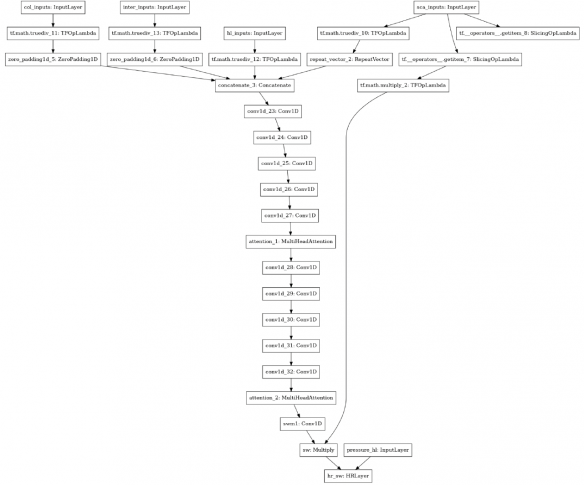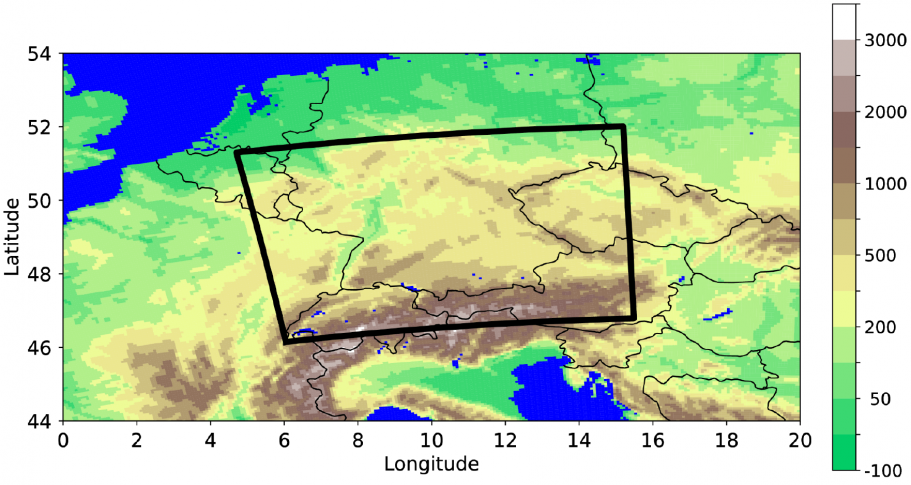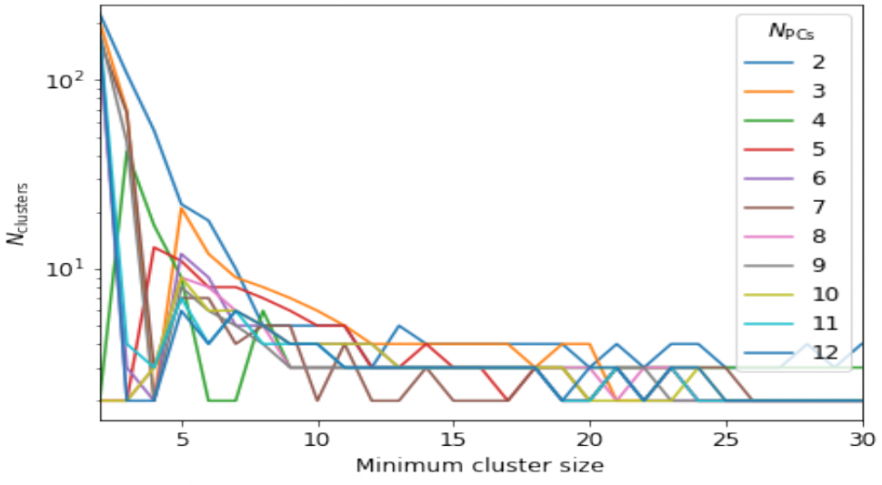


There is strong demand for accurate local weather forecasts - but NWP models may be unable to forecast local (extreme) weather. We want to use observations of "regular people" to improve high-resolution analyses. NWP post-processing can significantly improve operational weather forecasts on weather apps like yr.no

Accelerated weather and climate computing will consume fewer resources and deliver faster predictions on emerging extreme events. This app uses machine learning to accelerate a key and expensive component of weather and climate models, radiative transfer, modeling heating from the sun and cooling from the earth surface.

Weather is a chaotic system. Even minor perturbations affect the outcome—the more, the further into the future we predict. We develop an HPC-ready ML solution, that can quantify uncertainty and correct biases.

Temperature forecasting is especially important in low altitudes: here, weather phenomena unfold their highest impact, causing traffic hazards or wreaking havoc in agriculture. A high resolution of data is needed, which overstretches conventional forecasting methods. MAELSTROM solves this problem with a HPC-based ML application that can dramatically increase spacial resolution.

Large-scale weather patterns allow conclusions to be drawn about the local weather and thus also about the energy yield of wind and solar parks. MAELSTROM investigates this topic thoroughly and develops an ML application to improve the forecast of energy production, hence improving the efficiency of renewable energy production and empowering the energy transition.
MAELSTROM offers new datasets for 2m temperature and hourly precipitation short-range forecasts over Nordics/Northern Europe. The dataset consists of several terabytes of real-time observations and forecast outputs, which is provided on a 1796x2321 grid 47 input variables and 60 forecast lead times. This dataset allows the users to explore the use of deep learning for 2m temperature and precipitation predictions.
Now available for public use: This dataset enables the use of machine learning to learn the process of radiative heating -- one of the key processes in weather and climate models. The dataset will be available in several tiers with different sizes up to several terabytes. It enables users to accelerate the representation of interactions between the radiation from the sun and the Earth, and the vertical structure of the atmosphere, including clouds. The dataset has a very high resolution of 137 levels in the vertical direction.
MAELSTROM offers a benchmark machine learning dataset for temperature at 850 hPa and geopotential at 500hPa ensemble forecasts. The dataset consists of T (Temperature), Z(Geopotential), U (U component of wind), V (V component of wind), D (Divergence), W (Vertical velocity) and Q (Specific humidity) input variables with 11 ensemble members at 11 pressure levels and are based hindcast simulations of the European Centre for Medium Range Weather Forecasts. This dataset enables users to learn how to use deep learning for post-processing of ensemble weather forecasts.
MAELSTROM presents a novel dataset to enable the users to explore deep learning methods for 2m temperature downscaling. This dataset includes 2m temperature and surface elevation.
MAELSTROM presents a dataset to forecast the energy production of the near and mid-term future using machine learning. Weather forecast data of the past is used in conjunction with local production of energy to train a tool that can predict power production based on weather forecasts.
Social media data for better local forecasts
We believe that weather-related information from social networks could enhance local weather predictions for most dominant infrastructures in Europe (e.g. airports) in near real-time. So we bring tweets and othe social media output to the table as a new "weather sensor".
See details